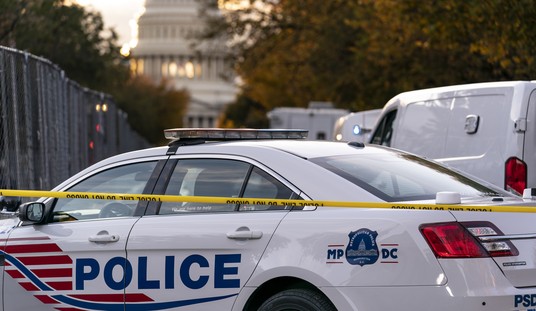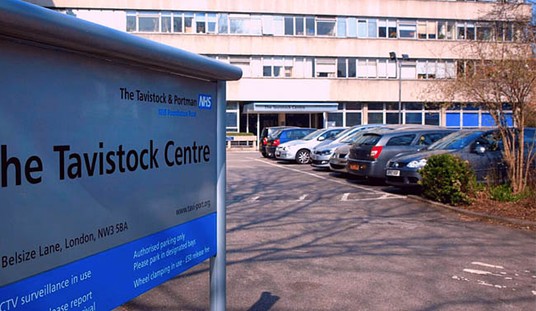Like many, I prepared myself to read through the reports on the Wikileaks’ massive document dump from the classified military files of the Af-Pak theater, expecting to find something exotic and new. Like many today, I suspect, I’m underwhelmed by the reality. The Washington Post reports that the main takeaways are that Pakistan’s intel forces continued their contacts and support of the Taliban, that the war effort was underresourced, and that the Taliban had heat-seeking missiles that could attack our helicopters … which the US provided Afghan fighters during the Soviet occupation.
In short, it’s the Long War Journal, only less detailed:
The more than 91,000 classified documents — most of which consist of low-level field reports — represent one of the largest single disclosures of such information in U.S. history. Wikileaks gave the material to the New York Times, the British newspaper the Guardian and the German magazine Der Spiegel several weeks ago on the condition that they not be published before Sunday night, when the group released them publicly.
Covering the period from January 2004 through December 2009, when the Obama administration began to deploy more than 30,000 additional troops into Afghanistan and announced a new strategy, the documents provide new insights into a period in which the Taliban was gaining strength, Afghan civilians were growing increasingly disillusioned with their government, and U.S. troops in the field often expressed frustration at having to fight a war without sufficient resources.
The documents disclose for the first time that Taliban insurgents appear to have used portable, heat-seeking surface-to-air missiles to shoot down U.S. helicopters. Heat-seeking missiles, which the United States provided to the anti-Soviet Afghan fighters known as mujaheddin in the 1980s, helped inflict heavy losses on the Soviet Union until it withdrew its forces from Afghanistan in 1989.
Even the New York Times has trouble dressing up the reports as anything new or remarkable, try as they may (emphases mine):
A six-year archive of classified military documents made public on Sunday offers an unvarnished, ground-level picture of the war in Afghanistan that is in many respects more grim than the official portrayal. …
• The Taliban have used portable heat-seeking missiles against allied aircraft, a fact that has not been publicly disclosed by the military. This type of weapon helped the Afghan mujahedeen defeat the Soviet occupation in the 1980s.
• Secret commando units like Task Force 373 — a classified group of Army and Navy special operatives — work from a “capture/kill list” of about 70 top insurgent commanders. These missions, which have been stepped up under the Obama administration, claim notable successes, but have sometimes gone wrong, killing civilians and stoking Afghan resentment.
• The military employs more and more drone aircraft to survey the battlefield and strike targets in Afghanistan, although their performance is less impressive than officially portrayed. Some crash or collide, forcing American troops to undertake risky retrieval missions before the Taliban can claim the drone’s weaponry.
• The Central Intelligence Agency has expanded paramilitary operations inside Afghanistan. The units launch ambushes, order airstrikes and conduct night raids. From 2001 to 2008, the C.I.A. paid the budget of Afghanistan’s spy agency and ran it as a virtual subsidiary.
If anyone thought that the NATO helicopters have been crashing from pistol and AK-47 fire, they were fooling themselves and not very well versed in recent Afghanistan history. Every revelation in these bullet points are either open source or common sense. And if anyone’s surprised that drones malfunction on occasion and the Pentagon isn’t enthusiastic about sending out news releases when they do, then those readers will really want to go back to the sports and arts pages of the New York Times and trouble themselves no further.
Essentially, the takeaways from the release is that Afghanistan turned into a hard slog years ago, which anyone paying any sort of attention already knows. The irony here is that, at least in the New York Times version, the war cost us $300 billion and underfunded:
The documents — some 92,000 reports spanning parts of two administrations from January 2004 through December 2009 — illustrate in mosaic detail why, after the United States has spent almost $300 billion on the war in Afghanistan, the Taliban are stronger than at any time since 2001. …
The archive is a vivid reminder that the Afghan conflict until recently was a second-class war, with money, troops and attention lavished on Iraq while soldiers and Marineslamented that the Afghans they were training were not being paid.
Well, which is it? Underfunded or too expensive? It could be both, I suppose, but it’s hard to argue that Afghanistan is a “second-class war” while complaining about the amount of money that has gone into it.
My suggestion would be to stick with the Long War Journal. Readers of LWJ knew about most or all of this as it happened, not in a leak out of Sweden years later.








Join the conversation as a VIP Member